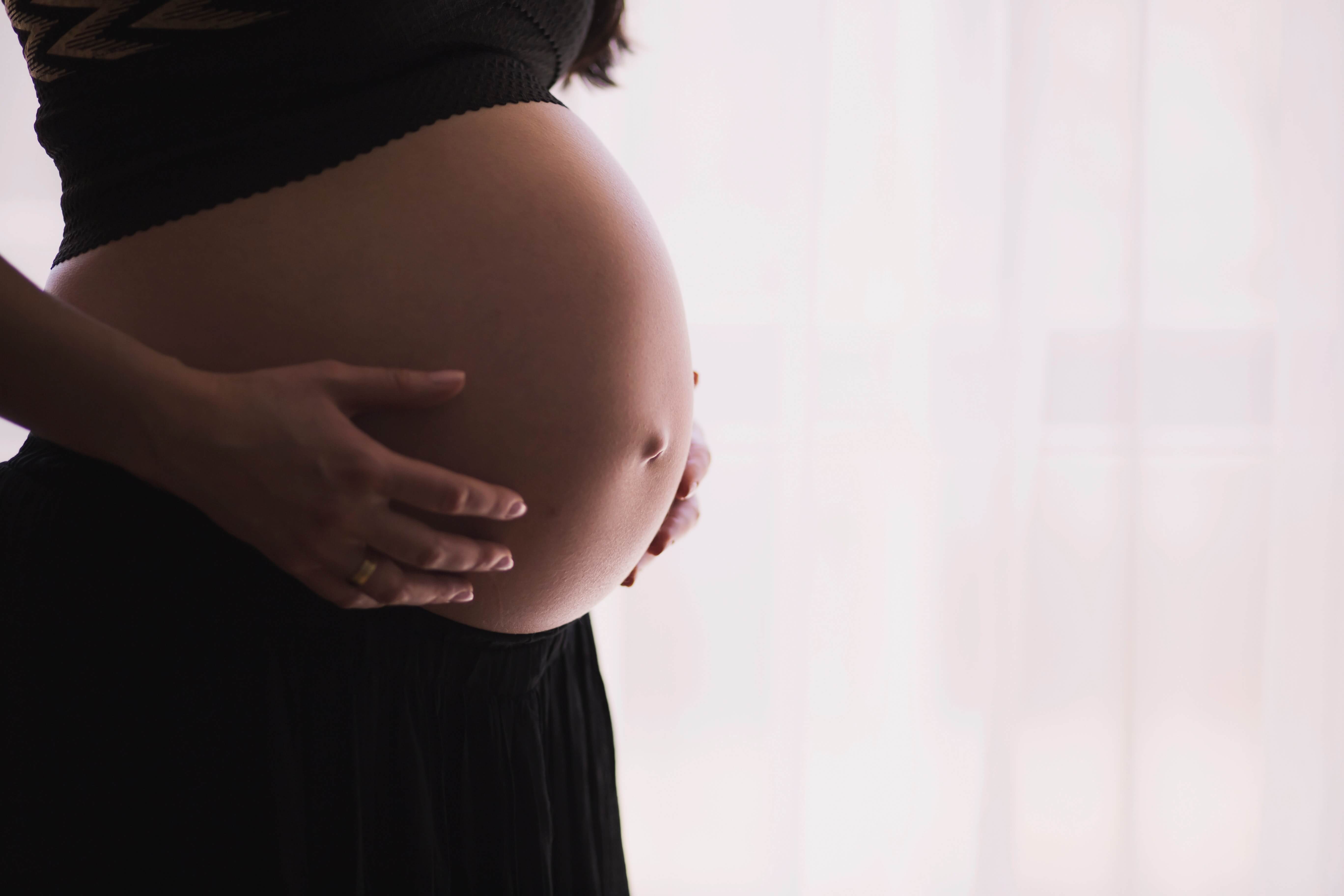Postpartum hemorrhage (also called PPH) is when a woman has excessive bleeding after birth. It's a serious condition that can lead to death.
It’s normal to lose some blood after giving birth (lochia), it’s how the body gets rid of the tissue and extra blood in the uterus that supports your pregnancy.
Women usually lose the blood during Vaginal birth (500 milliliters) or after a cesarean birth (also called c-section) (1,000 milliliters), a c-section is a surgery where the doctor makes cuts in the belly and uterus to get the baby through this cut.
Excessive bleeding after birth usually happens within 1 day - up to 12 weeks after having a baby.
About 1 to 5 in 100 women who have a baby have PPH, It’s a serious but rare condition.

The most common Causes of excessive bleeding after birth (PPH)
- High blood pressure (Preeclampsia) and develop the protein in urine during pregnancy.
- Coagulation (Blood clotting) disorder.
- Damage to the reproductive organs during the birth.
- The placenta grows in the uterus and provides food and oxygen through the umbilical cord to the baby.
After the baby is delivered, The uterus normally contracts to push out the placenta and press the blood vessels where the placenta was attached to the uterine wall.
If these contractions aren’t strong enough they cause excessive bleeding after birth (PPH).
- Small pieces of the placenta stay attached to the uterine wall.
- Poor health condition (Anemia).
- Having the first child after the age of forty.
Symptoms of excessive bleeding after birth (PPH)
- Heavy bleeding from the vagina that doesn't stop.
- A drop in blood pressure
- Shock includes having chills, clammy skin, blurry vision, or a really fast heartbeat and feeling dizzy, weak; or feeling like you’re going to faint.
- Feeling sick to your stomach(Nausea).
- Pain around the vagina and swelling.
If you have any of these symptoms, You must contact the doctor or go to the nearest hospital immediately.

Are there women more susceptible to excessive bleeding after birth (PPH) than others?
Yes, some women have risk factors more than others to have PPH.
Risk factors that make women more prone to excessive bleeding after birth (PPH) like:
Uterine inversion
The uterus turns inside out after birth and this is a rare condition.
Rupture of uterine
Happens if you have had a c- section in the past and made a scar in the uterus or make another type of surgery on the uterus.
Uterine atony
It happens when the muscles in the uterus don’t contract well after birth.
And the uterus is enlarged or stretched (distended) from giving birth to large babies or twins.
If you are in labor for a long time or you have too much amniotic fluid(a fluid that surrounds your baby in the Uterine).
Placenta previa
When the placenta lies low in the uterus and covers part or all of the cervix.
Placental abruption
When the placenta separates early from the uterus before birth(separate partially or completely).
Placenta percreta
This happens when the placenta grows into the uterus too deeply and cannot separate.
Retained placenta
If the placenta does not come out of the uterus within 30 to 60 minutes, make sure it’s not missing any tissue in the uterus which causes bleeding.
Blood conditions
Disseminated intravascular coagulation ( DIC) or von Willebrand disease can increase the risk of forming a hematoma which causes bleeding.

How to treat excessive bleeding after birth (PPH)
Excessive bleeding after birth is considered an emergency case.
Healthcare providers help to stop the bleeding as fast as possible and replace blood volume.
There are many different treatments for excessive bleeding after birth (PPH). The cause of the bleeding will help Healthcare providers decide what may be best for you such as:
- Massage of the Uterine to help the muscles of the uterus contract.
- Remove the retained placental tissue from the uterus.
- Repairing cervical, vaginal, and uterine tears.
- Tying off the blood vessels and Packing your uterus with sterile gauze.
- Transfusion blood gives you blood through a tube that goes into a vein to help replace the blood lost.
- Using a (Bakri balloon) to help put pressure on the uterine walls.
- Embolized the uterine artery and Blood transfusion.
- Open the abdomen by surgery to find the cause of the bleeding and stop it (Laparotomy).
In rare cases, surgical removal of the uterus (hysterectomy).
How can avoid excessive bleeding after birth (PPH)
Sharing your medical history and symptoms with the healthcare provider.
Giving medications like (oxytocin) at the time of birth to help the uterus contract.
Intake of iron and anemia tests red blood cell levels and clotting factors tests during pregnancy can avoid excessive bleeding after birth.
Conclusion
It is important during pregnancy to follow up with the doctor and inform him of the mother's medical history, to avoid any problems for the mother or the child.
Follow-up after childbirth, especially if you suffer from any symptoms of excessive bleeding after birth.
If you suffer from any of these symptoms, do not hesitate to inform the doctor and go to the nearest hospital for an ambulance.
Excessive bleeding after birth is a rare condition, but dangerous and should not be underestimated.


You must be logged in to post a comment.